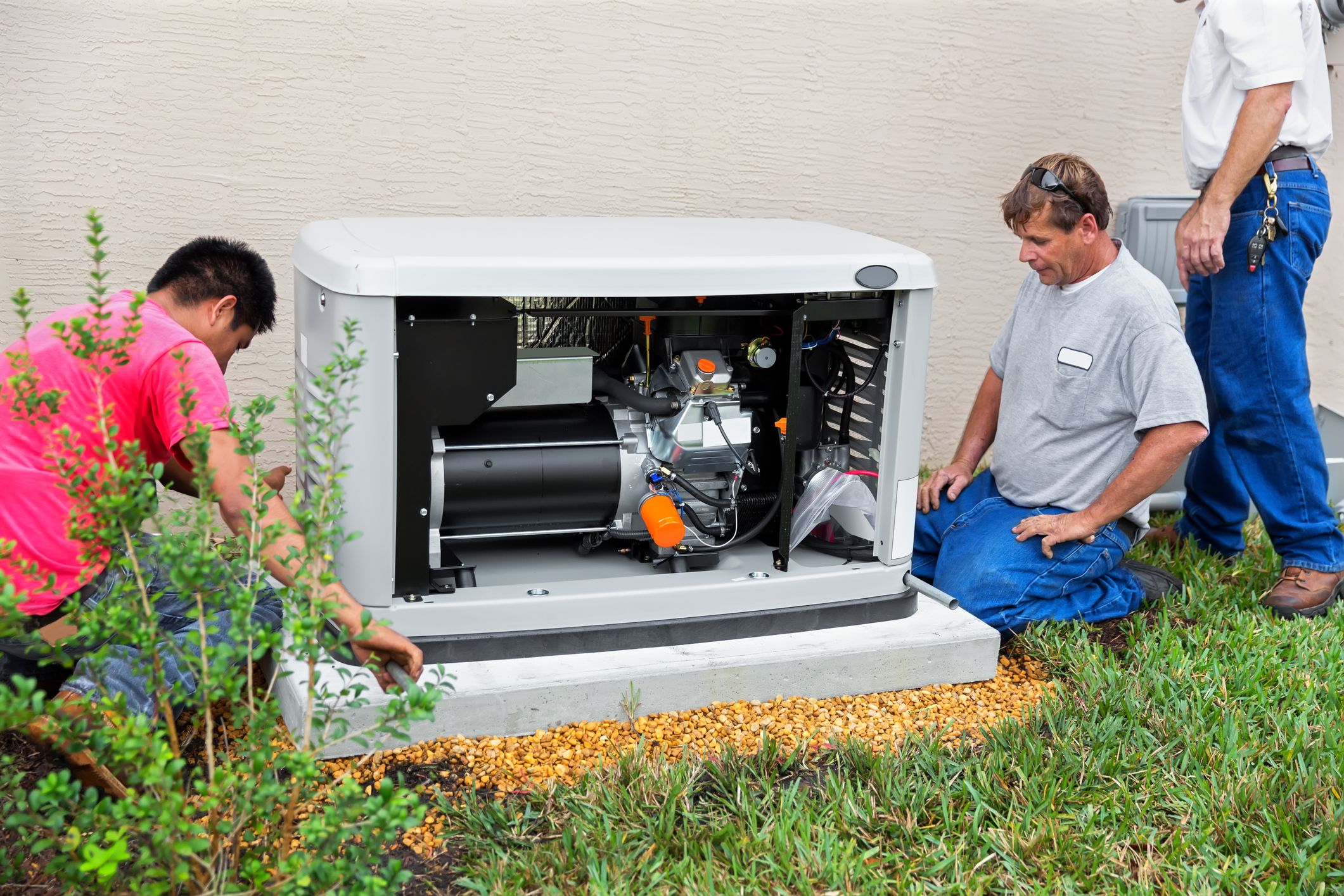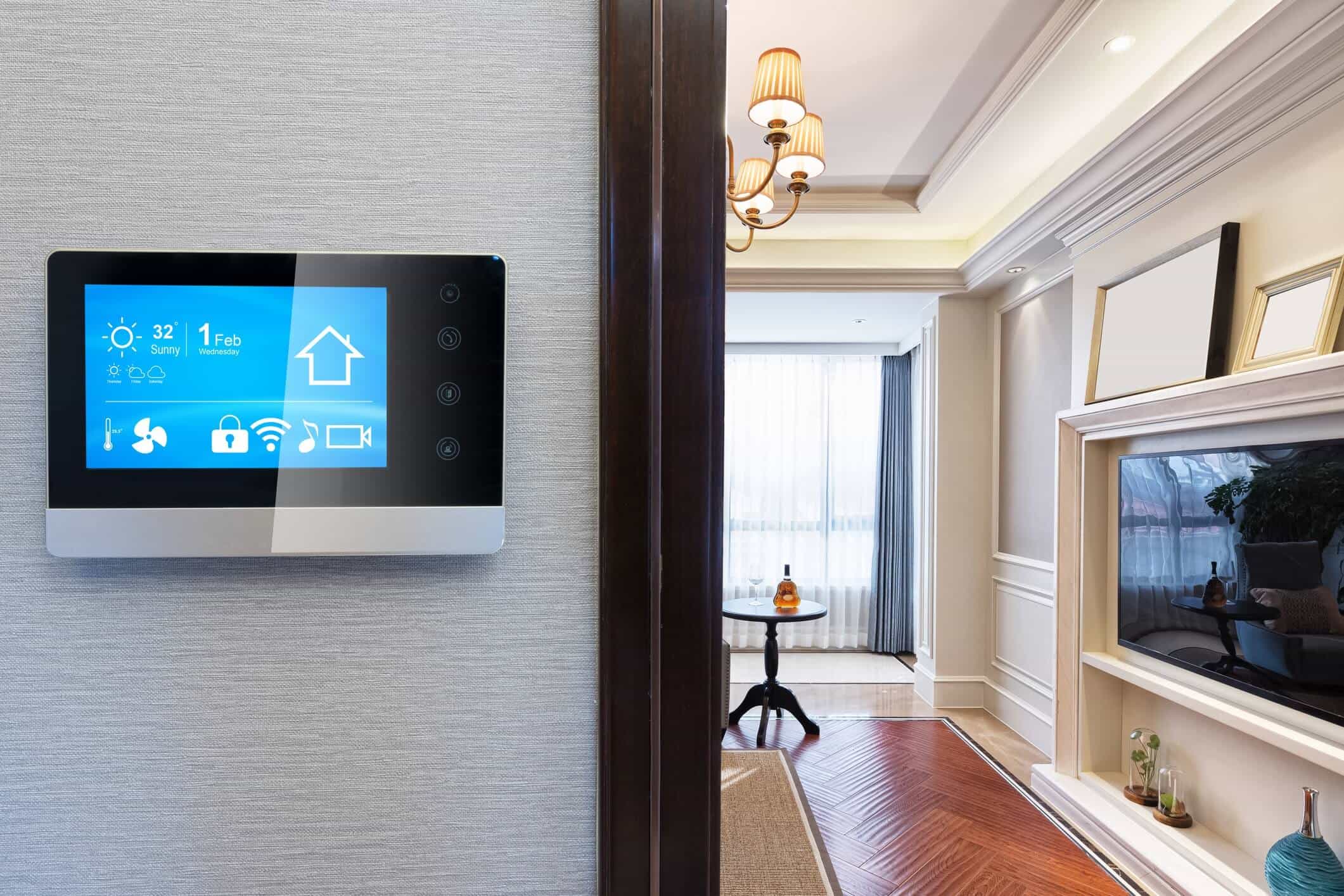When you see the problems in Texas where the grid doesn’t work in the winter and people end up without electricity for days or even weeks it makes you take notice. Then when the temperatures in the PNW start hitting triple digits and you struggle to cool your house, it really hits home that we need to put our energy in our own hands.
The trick is to become energy resilient. Think of energy resilience as being like a castle with a moat. When things get crazy outside the gates, you bring up the drawbridge and become self-sufficient. There is no single way of going green and it takes some planning.
In this article, we will go over the basics of how you can set up your home to be more energy resilient.
Go solar
With solar incentives in Oregon and other states around the country, it has become more affordable than ever to be more self-sufficient with your energy production.
When things happen and the grid is not going to get through it, then having either a full time energy production system or something hooked into the grid will be able to give you that resiliency that you need.

In some communities you are required to be hooked into the grid even when you do decide on solar. This is not a problem for those that have batteries that can store the energy produced when needed. When the grid is working as it should, your excess energy produced by the sun will just go back into the grid. When the grid is down, you should have some batteries to collect that energy and get you through the outage.
Have a backup
Generators are a must have in many parts of the country as there are frequent weather related events that can knock out power. Residents in the Southeastern US are big generator owners as they see hurricanes almost every year.

Having a backup for when your power is out is also going to help you when the power is out. However, a gas powered generator is not the best situation since it burns fossil fuels and has no way to regenerate energy if you run out. Having batteries that can be charged and then used when needed is crucial when you have medical devices that need to be relied upon. It can be expensive building up a battery bank but it will come in very handy when you need it.
Automate your system
When you have a smart system, you are in more control over your energy consumption than when you rely on manually setting your appliances and thermostats.

Smart thermostats can decide when and how much energy you need and when you need it most or least of the time. This not only saves money, but it helps you put less of a strain on the grid itself. If everybody used a smart system with artificial intelligence then the grid would be able to handle most of the high demand times of the day and year.
Submitted by John Moran
